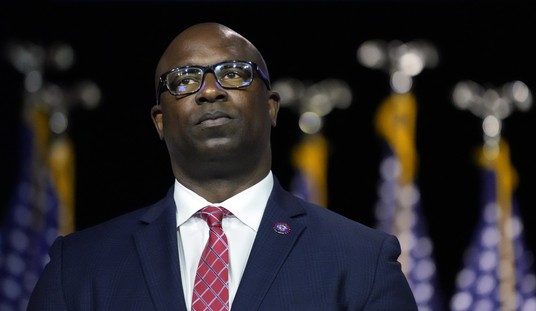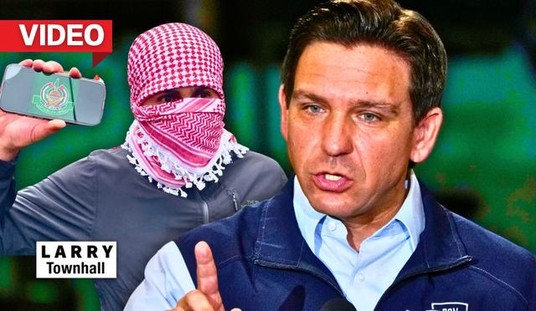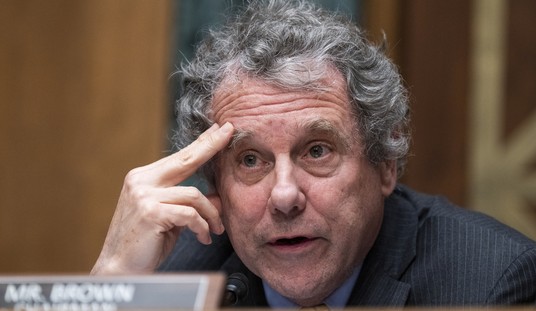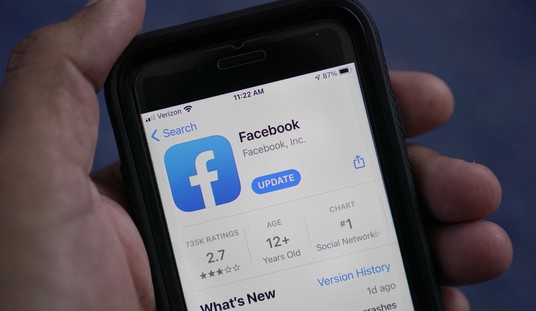Last Saturday, Chicago police approached a man on the city’s south side with body cameras recording. For police in any city, the encounter was perhaps a classic attempt at a Terry street stop – one where police have reasonable suspicion of a weapon, one where police want to conduct a brief stop and defensively “pat down” a suspect. But as police well know, Supreme Court decisions tend to guide only one side during police encounters; they have little to no control over the irresponsible, reckless, or criminal actions of the people police are approaching.
And, from the police body camera that was quickly released by Chicago P.D. in the wake of angry street protests on Saturday night and again on Sunday, reckless or criminal actions by the subject of that stop, Harith Augustus, were the proximate cause of his being shot and killed by police within seconds of the encounter.
In the body camera video, Augustus did just what illegal gun possessors like him have, time and again, in Chicago and across the country – they pull away from police, they run, and they reach for the weapon. These are precisely the dangerous actions that result in people being shot and killed by police. And, despite the ignorant “outrage” of the protesters, the police actions appear to be well within the law.
Watch the video and see how quickly the risk spikes. Within nine seconds, Augustus pulls his hands away from the officers as they try to control him. Just a second later he has spun away and backs into a patrol car parked on the curb. With his shirt pulled up, the holstered pistol is clearly exposed, as is a magazine on his left side. As Augustus turns again and starts to run, his right hand goes toward the gun and police open fire. Within about 20 seconds from the start, the entire engagement, one that could have concluded in a far different way, is essentially over. But its aftermath is just beginning.
Recommended
This seconds-long engagement is a type that occurs all too frequently in our country, where illegally possessed handguns are lurking, tucked under a shirt, in a pants pocket or in a waistband, ready to be pulled if an assailant’s quarry is spotted. Chicagoans know this as well as anyone, as the south side and west side of that once great city are turned into killing fields.
So far this year, Chicago has recorded almost 1500 people shot and over 260 homicides. Just a single weekend in that embattled place claimed six lives and injured 22 more. In most places that would qualify as a public health and public safety crisis. But not in Chicago.
Instead, some Chicagoans found their way to the streets to protest the police shooting of Harith Augustus, reportedly a 37-year-old south-side barber with no concealed weapon permit. Augustus, well into adulthood, chose his path and his fate through poor decision-making. He engaged in the very behaviors that are most likely to have Americans lose their lives to police – unlawful weapon possession or use, resistance to or ignorance of police directions, and flight.
In data collected by The Washington Post for 2016, of 963 people killed by police that year, only 51 were unarmed; only 19 were unarmed blacks. If you consider that police have an estimated 40,000,000 face-to-face encounters with citizens each year, your chances of being killed by police while simply “going about your business” is miniscule.
The violent protests over the self-induced killing of Harith Augustus is wasted, misdirected anger by those who chose to participate.
Ironically, there were no reported violent protests when a 4-year-old girl and a 14-year-old boy were shot on the city's Northwest side in February. And there were no reported violent protests after 16-year-old Jaheim Wilson and a 13-year-old friend were shot, Wilson fatally, in Austin in April. Or when a 4-year-old girl was shot as she sat on a porch on the South Side with her parents in May.
In a city that is host to unthinkable citizen-on-citizen violence on an industrial scale, just four killings out of 262 this year (1.5%) involved police gunfire. And, yet again, based on the body camera video released by Chicago Police on Sunday, the most recent incident preliminarily suggests police acted professionally, responsibly, and quite lawfully. So the story there isn’t one of police excess but more accurately one of police restraint. If only the citizens could see it that way.
Ron Hosko is president of the Law Enforcement Legal Defense Fund and a former FBI assistant director

























Join the conversation as a VIP Member